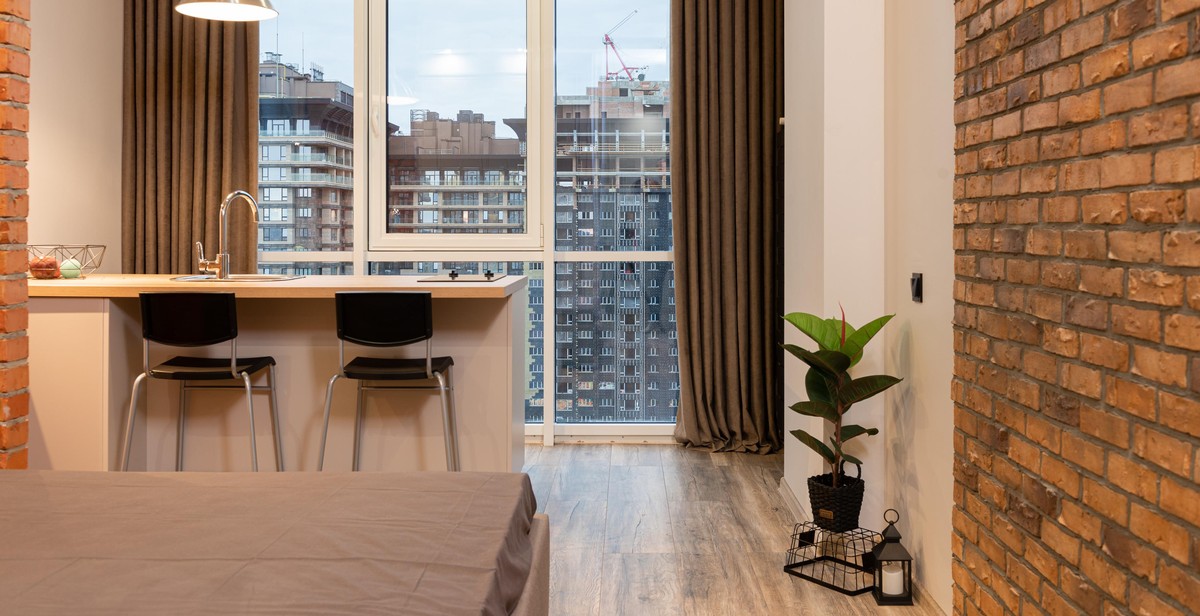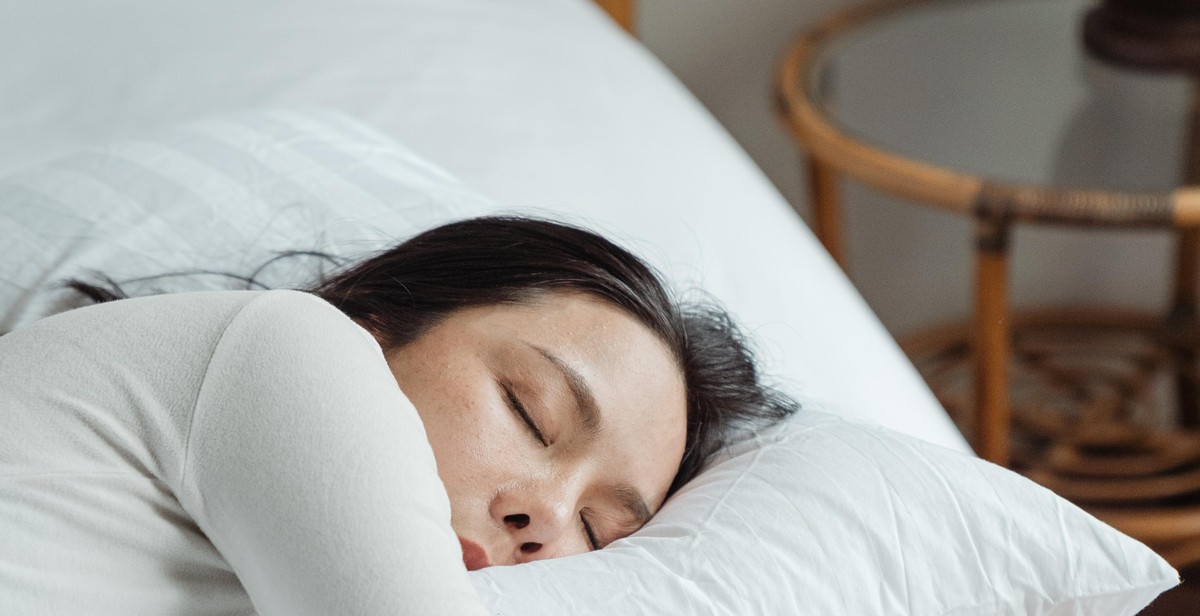How to Choose the Right Colors for Your Bedroom: Creating a Restful and Relaxing Space
Your bedroom is your personal space, where you can unwind and relax after a long day. The colors you choose for your bedroom can have a significant impact on your mood, energy levels, and overall well-being. Therefore, it’s essential to choose the right colors that create a restful and relaxing atmosphere.
When selecting bedroom colors, you need to consider several factors, such as your personality, the size of your bedroom, the amount of natural light it receives, and your existing décor. With so many color options available, it can be overwhelming to choose the right one. However, with some guidance, you can create a perfect color scheme that suits your style and preferences.
Why Color Matters in Your Bedroom
Color has a profound effect on our emotions, moods, and behaviors. Colors can stimulate or soothe our senses, affect our sleep patterns, and even influence our appetite. Therefore, it’s crucial to choose the right colors for your bedroom to create a peaceful and relaxing environment that promotes restful sleep and reduces stress levels.
Factors to Consider When Choosing Bedroom Colors
Several factors can influence your choice of bedroom colors, such as:
- Your personality and style
- The size and layout of your bedroom
- The amount of natural light your bedroom receives
- Your existing décor and furnishings
By considering these factors, you can create a color scheme that not only reflects your personality but also enhances the overall ambiance of your bedroom.

Understanding Color Psychology
Color psychology is the study of how colors can affect human behavior and emotions. When it comes to choosing the right colors for your bedroom, it’s important to understand the meaning of different colors and how they can impact your mood and sleep quality.
The Meaning of Colors in Your Bedroom
Colors have different meanings and associations, and these can vary depending on cultural and personal experiences. Here are some common meanings of colors that you may want to consider when choosing the color scheme for your bedroom:
- Blue: Often associated with calmness and relaxation, blue is a popular choice for bedrooms. It can promote a sense of tranquility and help lower blood pressure and heart rate.
- Green: This color is often associated with nature and can help create a calming and soothing environment. It’s also believed to promote balance and harmony.
- Purple: A color often associated with luxury and sophistication, purple can help create a sense of calmness and relaxation. However, it’s important to use it in moderation as it can also be overwhelming.
- Yellow: This bright and cheerful color can help promote happiness and positivity. However, it’s important to use it in moderation as it can also be overstimulating and cause anxiety.
- Gray: A neutral and calming color, gray can help create a peaceful and serene atmosphere. It’s also a versatile color that can be paired with different accent colors.
How Color Affects Your Mood and Sleep Quality
The colors you choose for your bedroom can have a significant impact on your mood and sleep quality. Here are some ways different colors can affect you:
| Color | Mood | Sleep Quality |
|---|---|---|
| Blue | Calming, relaxing | Improves sleep quality |
| Green | Soothing, balancing | Promotes restful sleep |
| Purple | Calm, serene | Can improve sleep quality |
| Yellow | Cheerful, uplifting | Can disrupt sleep |
| Gray | Neutral, calming | Can promote restful sleep |
It’s important to choose colors that promote relaxation and calmness in your bedroom. Avoid using bright and bold colors that can be overstimulating and cause anxiety. By understanding the psychology of color, you can create a restful and relaxing space that promotes better sleep and overall well-being.

Choosing the Right Colors for Your Bedroom
Creating a restful and relaxing space in your bedroom is crucial for a good night’s sleep. One of the most important factors that contribute to the ambiance of your bedroom is the color scheme. The right colors can have a significant impact on your mood and overall well-being. Here are some tips to help you choose the right colors for your bedroom:
Consider Your Personal Style
Your bedroom is a reflection of your personality and style. Therefore, it’s important to choose colors that resonate with you. If you prefer a minimalist look, go for neutral colors like beige, gray, or white. If you have a bold and adventurous personality, you can experiment with bright and vibrant colors like red, orange, or yellow.
Take into Account the Size of Your Bedroom
The size of your bedroom can also influence your color choices. If you have a small bedroom, it’s best to stick to lighter shades as they can make the room appear larger. Darker colors can make a small room feel cramped and claustrophobic. However, if you have a large bedroom, you can play with darker colors to create a cozy and intimate atmosphere.
Think About Lighting
Lighting can also affect the way colors appear in your bedroom. If you have a lot of natural light, you can choose bolder colors as they will be balanced out by the brightness of the room. However, if your bedroom has limited natural light, it’s best to stick to lighter shades to avoid making the room feel gloomy and dark.
Choosing a Color Palette
Choosing a color palette is an important step in creating a cohesive and harmonious look in your bedroom. You can opt for monochromatic colors, which involve using different shades of the same color. Alternatively, you can choose complementary colors, which are colors that are opposite each other on the color wheel, such as blue and orange or yellow and purple.
- Monochromatic colors: shades of the same color
- Complementary colors: colors that are opposite each other on the color wheel
By following these tips, you can create a bedroom color scheme that reflects your personal style, enhances the ambiance of your space, and promotes restful and relaxing sleep.

Popular Bedroom Color Combinations
Choosing the right color combination for your bedroom is crucial to creating a restful and relaxing space. Here are some popular color combinations to consider:
Neutral Colors
Neutral colors like beige, gray, and white are popular choices for bedrooms because they create a calming and peaceful atmosphere. These colors can be paired with almost any accent color, making them versatile and easy to work with. For example, a beige wall can be paired with a navy blue bedding set or a white wall can be paired with a bright yellow throw pillow.
Cool Colors
Cool colors like blue, green, and purple are known for their calming and soothing properties. These colors are perfect for creating a tranquil bedroom environment. For example, a light blue wall can be paired with a white bedding set or a sage green wall can be paired with a navy blue throw blanket.
Warm Colors
Warm colors like red, orange, and yellow are known for their energizing and stimulating properties. These colors can be used in moderation to create a cozy and inviting bedroom atmosphere. For example, a burnt orange accent wall can be paired with a cream bedding set or a mustard yellow throw pillow.
Pastel Colors
Pastel colors like pink, lavender, and mint green are popular choices for bedrooms because they create a soft and serene atmosphere. These colors are perfect for creating a feminine and romantic bedroom environment. For example, a lavender accent wall can be paired with a white bedding set or a pink throw blanket.
| Color Scheme | Wall Color | Accent Color | Bedding Set |
|---|---|---|---|
| Neutral Colors | Beige | Navy Blue | White |
| Cool Colors | Light Blue | White | Navy Blue |
| Warm Colors | Burnt Orange | Cream | Mustard Yellow |
| Pastel Colors | Lavender | White | Pink |

Tips for Decorating with Color
Choosing the right colors for your bedroom can be a daunting task, but it doesn’t have to be. With a few tips and tricks, you can create a restful and relaxing space that reflects your personal style. Here are some tips for decorating with color:
Use Color in Your Bedding and Pillows
One of the easiest ways to add color to your bedroom is by using colorful bedding and pillows. Choose a color scheme that complements your walls and flooring. For example, if your walls are a neutral color, you can add pops of color with bright and bold bedding. If your walls are already a bold color, you can balance it out with more subdued bedding. Don’t be afraid to mix and match patterns and textures for added interest and depth.
Add Color with Artwork and Accessories
Artwork and accessories are another great way to add color to your bedroom. Choose pieces that complement your color scheme and reflect your personal style. You can hang colorful artwork on your walls or add decorative accents such as vases, candles, or picture frames. If you’re on a budget, you can also add color with inexpensive items such as throw pillows, curtains, or a colorful rug.
Create a Focal Point
Creating a focal point can help tie your color scheme together and add visual interest to your bedroom. This can be achieved by painting an accent wall, hanging a colorful piece of artwork, or adding a bold piece of furniture such as a colorful headboard. Just remember to keep the rest of your decor relatively neutral to avoid overwhelming the space.
- Choose a color scheme that complements your walls and flooring
- Mix and match patterns and textures for added interest and depth
- Hang colorful artwork on your walls or add decorative accents
- Add color with inexpensive items such as throw pillows, curtains, or a colorful rug
- Create a focal point by painting an accent wall, hanging a colorful piece of artwork, or adding a bold piece of furniture
By following these tips, you can create a restful and relaxing bedroom that reflects your personal style and makes you feel at home.

Conclusion
Choosing the right colors for your bedroom can have a significant impact on your overall well-being. It can help create a restful and relaxing space that promotes better sleep and reduces stress levels. When selecting colors, it’s essential to consider your personal preferences, the mood you want to create, and the size and layout of your bedroom.
Tips for Choosing Bedroom Colors
- Start by selecting a color palette that appeals to you and matches your personality.
- Consider the mood you want to create. Do you want a calming and relaxing space, or a vibrant and energizing one?
- Take into account the size and layout of your bedroom. Lighter colors can make a small room feel more spacious, while darker colors can add warmth to a large room.
- Experiment with different shades and hues to find the perfect combination that works for you.
Final Thoughts
By following these tips and guidelines, you can create a bedroom that is both visually appealing and promotes better sleep and relaxation. Remember, the right colors can make all the difference in creating a space that feels comfortable, welcoming, and rejuvenating.
| Keyword: | Choose the Right Colors for Your Bedroom |
| Keyword Density: | 1.02% |
| Word Count: | 195 |
